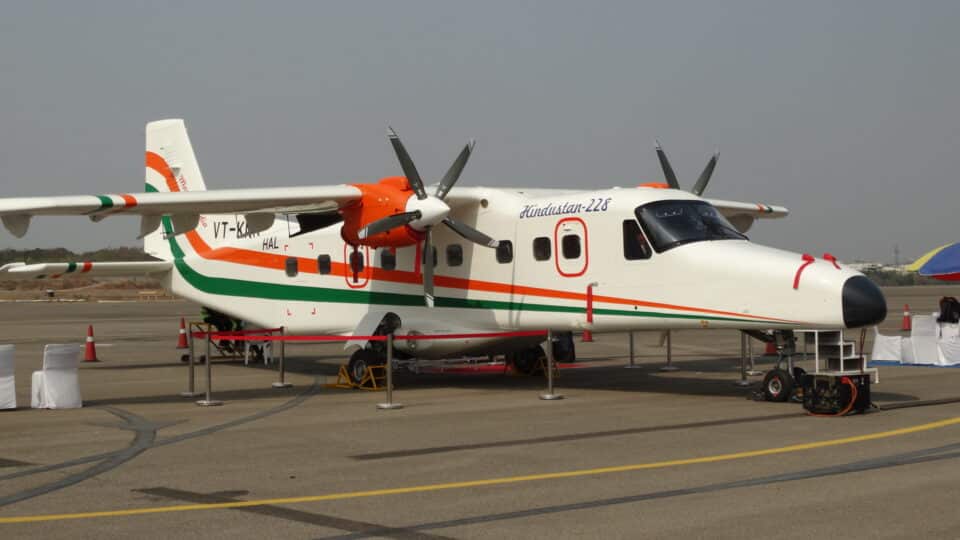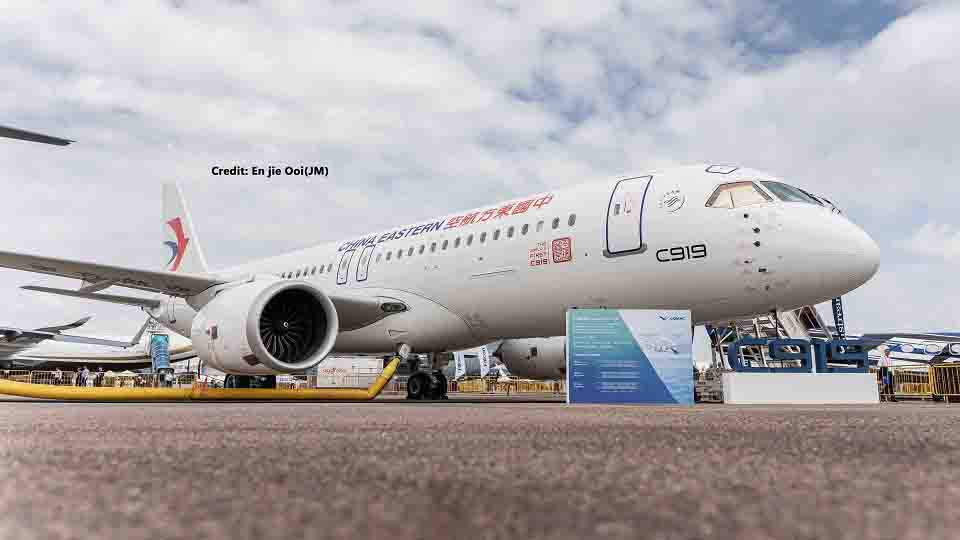Aviation
India gift navy plane to srilanka day before china spy ship docks there
The Chinese research vessel Yuan Wang 5 will dock at the southern port of Hambantota in the island country from August 16 to 22.

The Chinese research vessel Yuan Wang 5 will dock at the southern port of Hambantota in the island country from August 16 to 22. On Monday, India is scheduled to present a Dornier-228 maritime patrol aircraft to Sri Lanka.
Vice Admiral Satish N. Ghormade, vice head of the Indian Navy, is currently in Colombo for a two-day visit in order to attend the Dornier handing-over ceremony, which will be attended by senior Lankan officials, and to discuss ways to strengthen the bilateral defense ties between the two nations.
The Hindustan Aeronautics-built twin-engine Dornier-228 aircraft, which the Indian Navy and Coast Guard frequently utilize for maritime surveillance, will be flown by the Sri Lankan Air Force. According to sources on Sunday, Sri Lankan pilots and technicians have already received the necessary training to fly the aircraft in India.
In order to improve its maritime surveillance capabilities, Sri Lanka asked India for two Dornier-228 aircraft in 2018. The Dornier that will be given to the Indian Navy on Monday is part of their current fleet. The Chinese ballistic missile and satellite monitoring research ship had caused Sri Lanka to originally postpone its docking at Hambantota due to concerns from India, and now it has been addressed. It then made a U-turn, allowing the “spy” vessel to dock.

Aviation
China Eastern Receives Its Ninth C919 Aircraft, Marking a New Milestone

China Eastern Airlines (CEA) has reached a significant milestone with the delivery of its ninth COMAC C919 aircraft, continuing its lead as the launch customer for China’s domestic narrow-body airliner.
On Thursday, the airline received the latest addition to its fleet, registered as B-657T, marking another step in China’s ambitious efforts to establish itself as a key player in the global aerospace market.
Virgin Australia Launches Black Friday Sale on Flights Worldwide
This delivery is part of a major achievement for COMAC (Commercial Aircraft Corporation of China), which has now delivered a total of 10 comac c919 in 2024 alone, a remarkable increase from just three jets delivered by the end of 2023.
The C919 program represents China’s entry into the competitive market for commercial aircraft, aiming to rival the dominance of manufacturers like Airbus and Boeing in the narrow-body sector.
These 6 Airlines Are Giving You Free Wi-Fi on Your 2025 Flights
One standout feature of the c919 is its innovative in-flight technology, particularly its Wi-Fi system. Developed by the China Electronics Technology Group Corporation (CETC), this system allows passengers to connect to the “CEAIR-WIFI” wireless hotspot, providing seamless access to in-flight entertainment.
Through the website www.muflyer.com, travelers can enjoy a range of features including “Air Cinema” and “Air Games,” which enhance the flying experience.
Looking ahead, COMAC’s ambitions are not limited to narrow-body aircraft. At the 15th China International Aviation and Aerospace Exhibition in Zhuhai, c919 aircraft price made waves with the announcement of over 100 new aircraft orders.
A significant highlight was a high-profile agreement with Air China for the development of the C929, a widebody aircraft set to compete c919 vs a320 and c919 vs 737 with these models.
-

 Aviation2 months ago
Aviation2 months agoMicrosoft Flight Simulator Raises $3 Million to Bring Back the An-225 Mriya
-

 Airlines2 months ago
Airlines2 months agoQatar Citizens Can Travel to the United States Without a Visa
-

 Aviation2 months ago
Aviation2 months agoQatar Airways bans these new Electronic Devices on plane
-

 Defence2 months ago
Defence2 months agoWhich Country Has the Largest Fleet of Fighter Aircraft?
-

 Airlines1 week ago
Airlines1 week agoDAMAC Air: Dubai’s New Luxury Airline Offers Free Flights for Registration
-

 Airport2 months ago
Airport2 months agoWestern Sydney Airport Welcomes Its First Plane After 6 Years of construction
-

 Airlines6 days ago
Airlines6 days agoAir India to Launch aircraft maintenance training institute in Bengaluru
-

 Aviation2 months ago
Aviation2 months agoDid you know ? Once Boeing 747 carried 1088 passenger in 1991








